How to Find Diamonds In Your Backyard
After a diamond spends a few million years forming 100 miles beneath the Earth’s surface, can that diamond finally find its way into your backyard? And with a little exploration or panning in the stream that runs through your backyard, will you become a millionaire?
You can find diamonds in your backyard, especially if you live in certain areas of the United States where ancient volcanic activity occurred. It’s also possible to find diamonds in stream beds on your property.
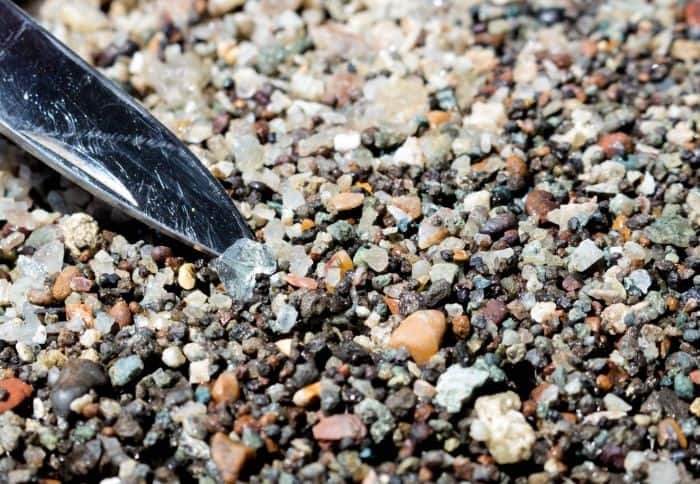
Even though the chances of finding a diamond in the rough are about 1 in 10 million, it can happen! Your chances are better in certain parts of the United States, but it’s still possible, regardless of where you live. Read on to find out how to look for diamonds in the rough and what to do when you think you might have found one.
Table of Contents
Where Are Diamonds Commonly Found?
If your backyard happens to be in or near an ancient volcanic area, then your chances of finding a diamond just increased dramatically. That’s because diamonds can be pushed upward by magma flows and deposited over open ground. See below to find out how this works.
The Forming of Diamonds in the United States
Diamonds are formed from carbon that’s put under tremendous pressure a hundred or more miles beneath the Earth’s surface. Diamonds found today were formed millions of years ago.
Thanks to violent volcanic eruptions, diamonds now appear on the surface because they were carried along as the magma pushed up and out through deep fractures in the Earth. These funnels are called “kimberlite pipes.”
Kimberlite pipes, (and consequently, diamonds), are found in the western part of the Appalachians (New York to Tennessee), portions of central states like Kentucky and Missouri, Arkansas (more on that later), and portions of Western states (Colorado, Wyoming, and Montana.). This process resulted in two commercial diamond mines in the United States.
Could There Be Diamonds in Your Backyard?
Even if your backyard isn’t located near an ancient volcanic crater or kimberlite volcanic pipe, you can still look for diamonds. That’s because there are also “alluvial diamond sites.” In other words, areas where glaciers or rivers have picked up and moved diamonds away from areas of kimberlite – often over thousands of miles away.
How to Look for Diamonds in Your Backyard
You’re ready to start your diamond hunting adventure, so how do you begin? Here are some ways that you can search for diamonds in your backyard.
Alluvial Mining
Remember all those Western’s (and one very popular cable television show) where people pan for gold? You can do that as well in searching for diamonds by separating the diamonds from the sand and mud found in alluvial (aka riverbed) deposits.
You can look through the alluvial deposits of sand and mud from old river and stream beds to pan for diamonds by using methods that include scanning the surface, sifting the soil, and then sifting the soil in water.
How to Pan for Diamonds
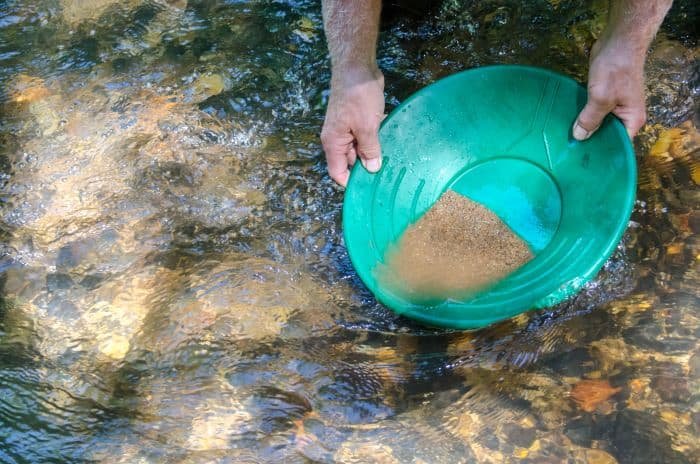
If you have a stream or river near your backyard, you can try panning for diamonds. In panning, the goal is to separate heavier metals and stones from sand and debris. Here’s how to do it:
- Fill a pan with the material you want to sift through and submerge it just beneath the surface of the stream or river
- Swish the pan front-to-back and in a circular motion to separate the contents so that all that’s left are the heavier components such as diamonds
This sounds easy, but it takes a lot of practice to do it correctly. Note, a pie pan will not work. Start with the correct panning equipment, available via a number of websites.
For a visual representation of our steps, here is a video on panning for diamonds.
Can You Use a Metal Detector?
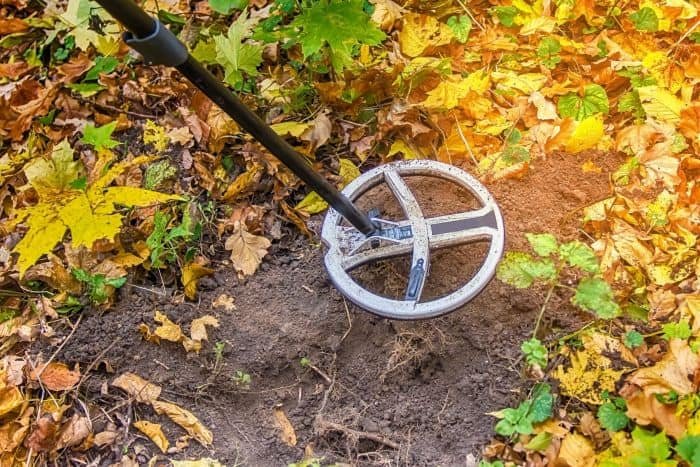
Although you can’t use a metal detector to “detect” a diamond, they can alert you to the presence of mineral indicators. Minerals such as chromium garnets, olivine, and magnetite signal the possible presence of diamonds. There are some good articles out there on how to use a metal detector to find diamonds via associated minerals.
This YouTube video covers what diamonds in the rough look like, where to look for them, and how to look for them (hint— places where gold was mined, diamonds may also be found.)
You’ve Found a Diamond! Now What?
In your diamond searching adventures, you’ve found something that you’re sure isn’t quartz and you wonder, could it be a diamond? So, now what do you do?
How Do You Know You Found a Diamond?
There are ways to test to confirm you’ve found a diamond, here are three simple ones:
- Reflection: Diamonds are brilliant – they reflect light more so than other gemstones
- Shape: They are rounded— not sharp-edged
- Mohs Hardness Test: Remember, only a diamond can scratch a diamond because it is the hardest mineral, sitting at a 10 out of 10 on the Mohs Hardness Scale
Transitioning sentence needed
Is Your Diamond Gem Quality?
To find out if your diamond is gem quality, it will be judged by the “4 C’s”— cut, carat, clarity, and color:
- Cut refers to how the diamond is crafted to interact with light.
- Carat is the unit of weight for diamonds – a full carat is 200 milligrams.
- Clarity describes to what extent a diamond is flawed from picking up inclusions.
- Color is graded from D (colorless) to Z (more tinted). Rare diamonds that are pure in color are priceless. (Note the Hope Diamond, one of the most famous diamonds that is a 45.52 carat deep-blue diamond.)
You can always have your diamond certified by a reputable organization such as the Gemological Institute of American (GIA.)
Can You Keep It?
If you are on your own property or property that allows you to keep what you find, then yes, you can keep it. Note though, you’ll have to pay taxes on it.
One caveat— if you live in an area where there has been mining, be sure you also own the mineral rights to your property. According to Nolo, in the United States “mineral rights can be sold or conveyed separately from the property rights.”
Diamond Hunting Beyond Your Backyard
There are several areas in the US where you can enjoy hunting for diamonds. Here are some great options:
- New York
- North Carolina
- California
- Nevada
- Montana
- Arkansas
In fact, Arkansas may be the best place for diamond hunting beyond your backyard. Read on to find out why.
Crater of Diamonds State Park
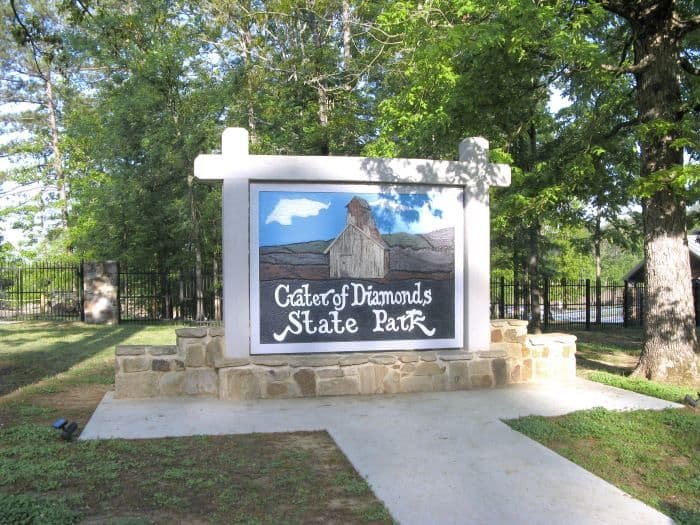
Just outside Murfreesboro Arkansas, the Crater of Diamonds State Park is one of the few places in the world where you can look for real diamonds in the rough. Formed from the eroded surface of an ancient volcanic crater, you can search 37 acres for diamonds.
And the best part is, you get to keep whatever diamond or other valuable gemstones you find. In September 2020, a visitor to the Crater of Diamonds State Park in Arkansas found a 9-carat diamond.
You Can Find Diamonds in Your Backyard
In this article, we’ve confirmed that there are a lot of options for finding diamonds, including in your backyard. We’ve helped with plenty of references on where and how to find diamonds, and what to do when you find one.
You can find diamonds in your backyard – all that is required is some research, the right equipment, and patience. Remember too, although finding a diamond in the rough is thrilling, the adventure of searching for diamonds, especially with friends and family, can be invaluable.
While digging in your backyard, you may come across worms, but don’t be alarmed because they can be useful for many things, especially composting!

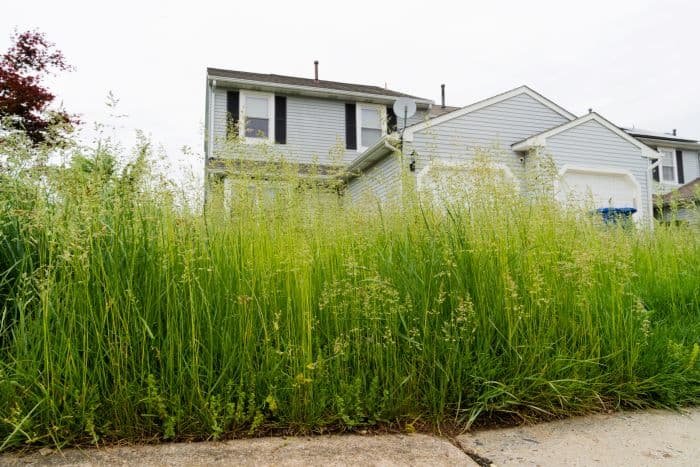





This has got to be the best article I’ve found online that explains all aspects of finding diamonds. Very great researching has been done. Thanks